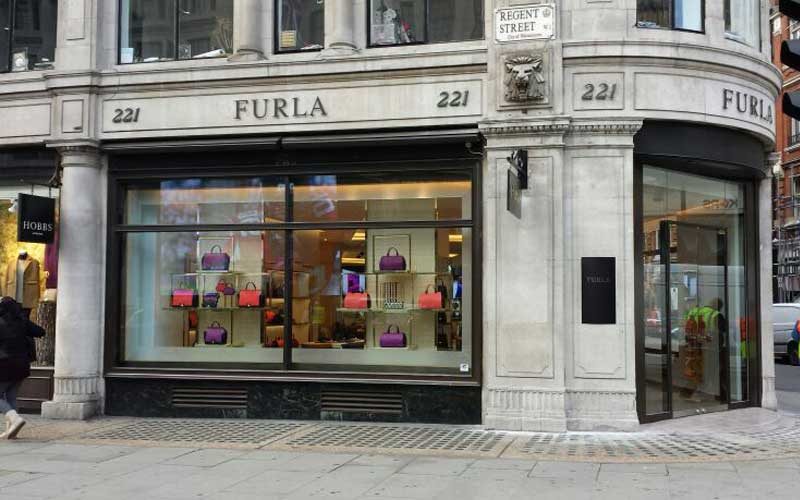Reuters
Feb 16, 2016
Furla confirms the rise and rise of accessible luxury
Reuters
Feb 16, 2016
Italian handbag maker Furla has seen full-year comparable sales rise by 23 percent, confirming consumers' growing appetite for accessible luxury brands while demand for bigger, more expensive labels continues to wane.
Family-controlled Furla said on Tuesday it had doubled turnover in the past five years, helped by store openings, to 339 million euros ($378.70 million), up 30 percent at current currencies last year alone.

France's Longchamp, which operates in the same price category of 200-500 euros for a leather handbag, also enjoyed solid growth last year , with sales rising 10 percent at constant currencies to 566 million euros, up from 8 percent growth in 2014.
"I think there is a certain luxury fatigue and customers are getting smarter," Furla Chief Executive Eraldo Poletto told Reuters. The accessible luxury "segment of the market has a lot of potential because people want balance between the price they pay for a product and the quality they get."
Furla, which makes the majority of its goods in Italy, operates 415 boutiques worldwide, including 190 directly-owned.
It said it saw strong growth in Japan, helped by Chinese tourists, as well as "high double-digit sales growth" in mainland China, where most big luxury brands including Kering's Gucci, Burberry, Prada and LVMH's Louis Vuitton have been suffering.
"Furla's fast growth is a testament to the continuing development of the accessible luxury space, both in leather goods and apparel," said Exane BNP Paribas analyst Luca Solca.
Growth in the luxury goods sector has fallen to low single digits, down from more than 10 percent four years ago, as customers hunt for bargains and favour more affordable labels such as Furla, Longchamp and Kate Spade in the United States.
Several major brands such as Chanel, Louis Vuitton, Prada and Gucci have raised their prices in the euro zone in recent years, putting off local consumers and tourists and prompting them to question the value for money proposition they were getting from luxury goods makers.
Consultancy Bain & Co, which declines to name brands, estimates that the price of certain best-selling handbags has risen in the euro-zone by between 30-50 percent in the past three to four years.
According to a study by the Boston Consulting Group, luxury prices have increased by an annual cumulative average growth rate of 14 percent between 2002 and 2012 while the annual inflation rate was only 2.5 percent.
Luxury brands said they needed to raise prices to close the gap with higher prices in China and cited other reasons such as higher market prices for leather hides.
But the price hikes, which came without notable improvements to the products themselves, have alienated local consumers, analysts said.
"I think it was too much too soon," said Claudia d'Arpizio, partner at Bain & Co. "It was clear that in the past three to five years, Western luxury brands were focusing a lot on China and they lost a bit the focus of the local customer base who now feels betrayed by these price increases."
She estimates that outlets where luxury brands sell products from past seasons at big discounts in malls outside big cities now represent more than 10 percent of total global luxury sales, up from 5 percent in 2012.
$1 = 0.8952 euros
© Thomson Reuters 2024 All rights reserved.

























